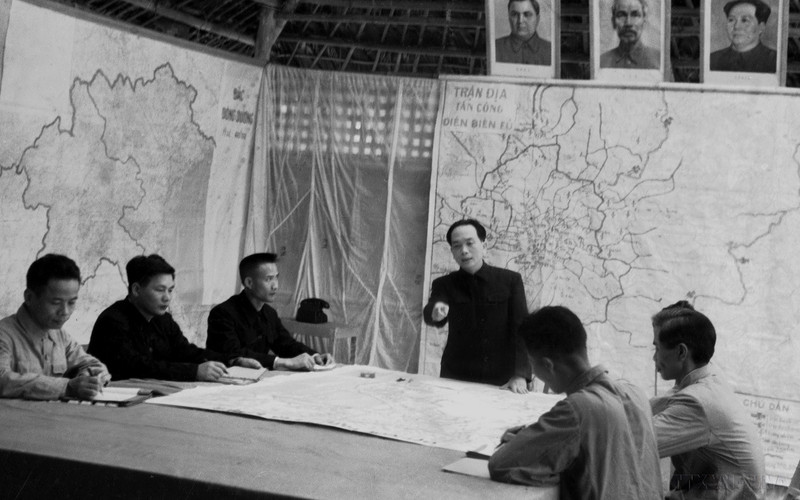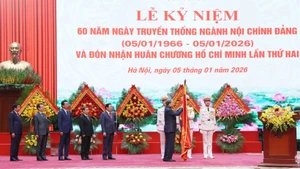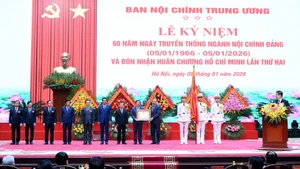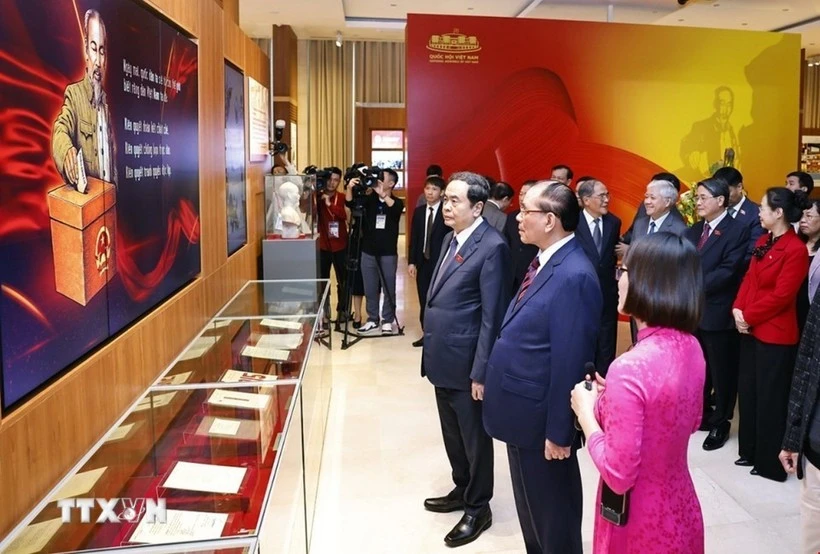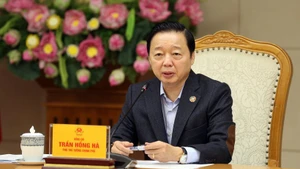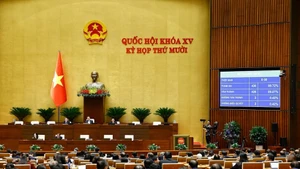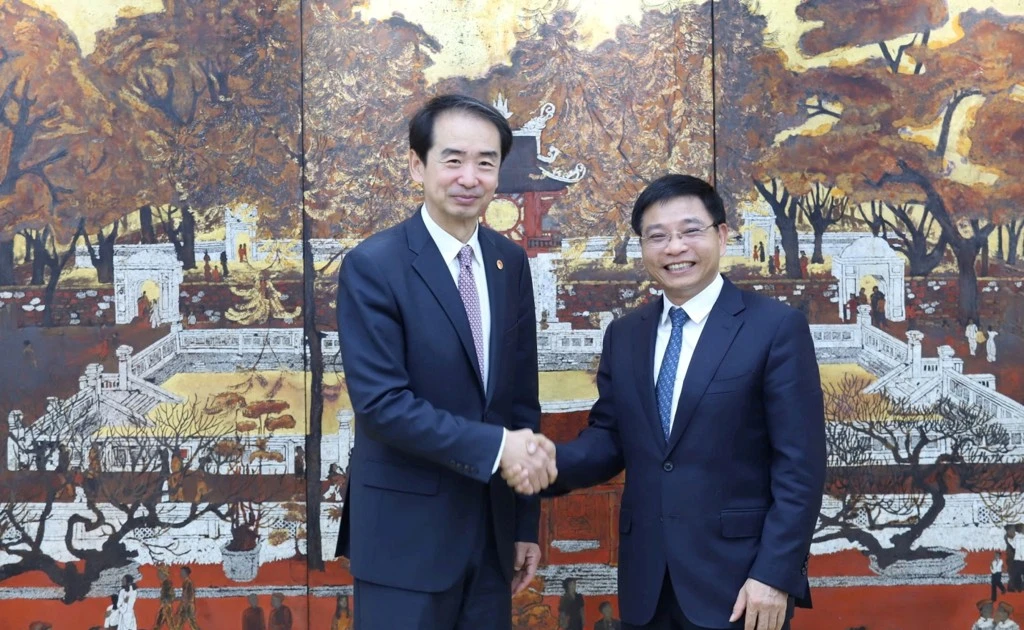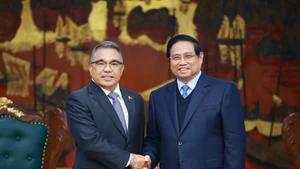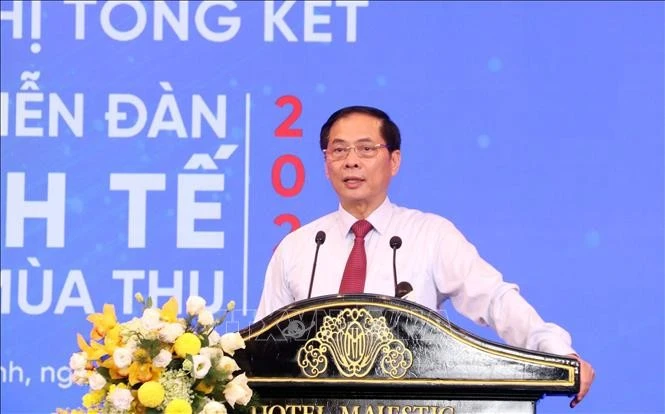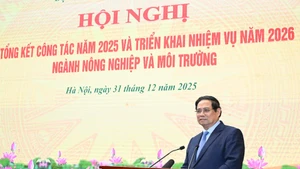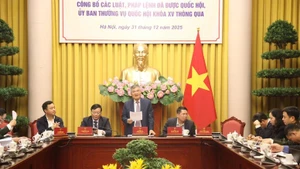Participants at the conference agreed that after the first victories, the military units have completely reconsolidated their forces.
Nearly 100km of trenches were reported to be constructed as planned. The project helped to limit the enemy's reinforcements, making it difficult for their supply.
Notably, our soldiers were able to utilise all sizes of firepower, thus significantly threatening the enemy’s capacity.
Another success of our soldiers was that we almost inactivated the enemy's intense bombardments, while tightening the siege, creating favourable conditions for our attacks against the enemy.
On the enemy's side, during the first wave, we destroyed a significant part of their manpower; however, they were quickly replenished, increasing the number of troops, and their non-artillery firepower was still strong.
In the current defence system of the fortress group, the central area is the main defensive zone, which is home to high points in the east. If we destroy these powerful high points, the central region will not be able to resist, and the fortress group will be seriously threatened.
Based on the above assessments, the Campaign’s Command set out tasks for the second attack: capturing the defensive high points in the east of the central division; turning those high points into our battlefield; threatening the enemy’s forces in Muong Thanh; destroying an important part of the enemy's force, including several mobile units and creating favourable conditions to a general attack to destroy the entire Dien Bien Phu fortress group.
On that basis, the Campaign’s Command assigned specific tasks to Group 312, Group 316, Group 308, Regiment 57 (Regiment 304), and Group 351, ordering a series of attacks to destroy the enemy.
On the same day, March 25, 1954, the General Military Commission popularised military and political plans, aiming for a complete victory in the Dien Bien Phu campaign.
